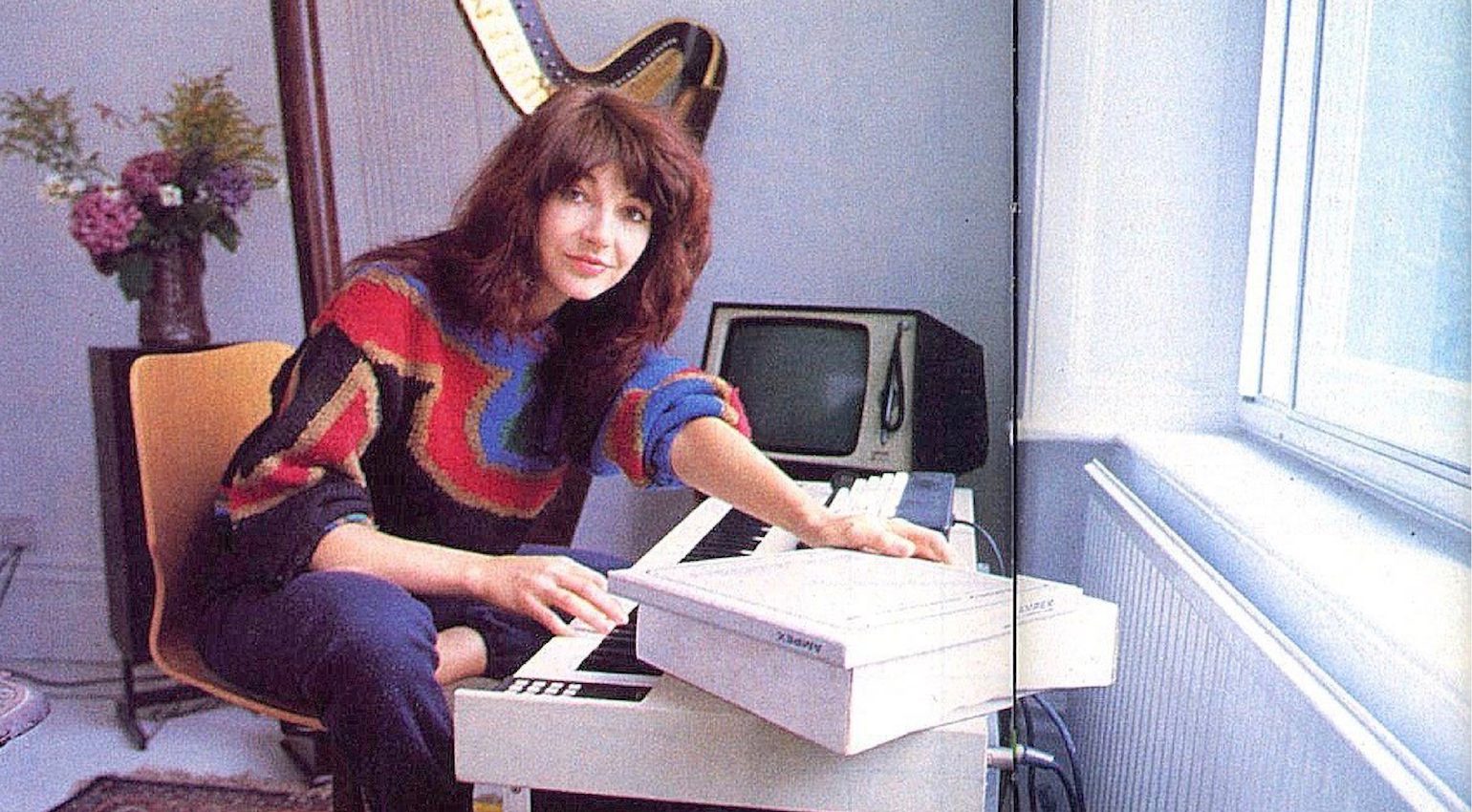The emancipating power of samplers & sequencers in the work of Kate Bush during the early-to-mid 80s
09/09/24 21:32
This is a video paper for the 21CMP conference, to be held at Townshend Studio, University of West London/London College of Music, 9–10 Sept 2024. The conference theme is on the uses of Commercial Electronic Musical Instruments. I realise my reading is low volume in a few places - especially against the music examples - so probably best to turn on closed captions.
https://www.c21mp.org/events
Abstract:
The leap in sonic and musical daring from the piano-led pop of ‘Wow’ and ’Symphony in Blue’ (Lionheart, 1978) to the shattered shards of ‘Babooshka’ and the ammunition-click percussion of ‘Army Dreamers’ (Never for Ever, 1980) were the result of Kate Bush’s conscious manoeuvring from one side of the recording studio’s glass divide to the other. In addition to seizing control of her own productions, Bush embraced cutting edge commercial electronic musical instruments (CEMIs) of the era that transformed her working methods, compositional idiolect and sonic aesthetic in the early-to-mid 1980s. Sampling and sequencing technologies, in particular the Fairlight Computer Music Instrument, E-mu Emulator II, and the LinnDrum, not only made writing, demoing and arranging tasks more accessible and autonomous, they opened up fresh, expressive dimensions and granted the artist unprecedented access to aesthetic control of her outputs.
Tracking and analysing imaginative uses of these technologies across a run of Kate Bush albums between 1980–85 (Never for Ever (1980), The Dreaming (1982) and Hounds Of Love (1985)), provides a case study in how these CEMIs not only afford new creative possibilities for self-producing songwriters, but offer new levels of access to arrangement realisation, novel sound design, sonic world building, and the expansion of the studio’s role in the songwriting process to be a space for both open-ended experimentation and meticulous control. The journey of these gradual shifts in process, perspective and autonomy culminate in Bush building her own home studio in 1984. The emancipating power of CEMIs in the narrative of Kate Bush’s career during this period are multi-dimensional, with lasting impact not only on the artist’s subsequent career trajectory, but in pop music culture ever since.
https://youtu.be/77rUKjwoAQ0?si=JtidkNq_IQn_ugik
 -----
-----
https://www.c21mp.org/events
Abstract:
The leap in sonic and musical daring from the piano-led pop of ‘Wow’ and ’Symphony in Blue’ (Lionheart, 1978) to the shattered shards of ‘Babooshka’ and the ammunition-click percussion of ‘Army Dreamers’ (Never for Ever, 1980) were the result of Kate Bush’s conscious manoeuvring from one side of the recording studio’s glass divide to the other. In addition to seizing control of her own productions, Bush embraced cutting edge commercial electronic musical instruments (CEMIs) of the era that transformed her working methods, compositional idiolect and sonic aesthetic in the early-to-mid 1980s. Sampling and sequencing technologies, in particular the Fairlight Computer Music Instrument, E-mu Emulator II, and the LinnDrum, not only made writing, demoing and arranging tasks more accessible and autonomous, they opened up fresh, expressive dimensions and granted the artist unprecedented access to aesthetic control of her outputs.
Tracking and analysing imaginative uses of these technologies across a run of Kate Bush albums between 1980–85 (Never for Ever (1980), The Dreaming (1982) and Hounds Of Love (1985)), provides a case study in how these CEMIs not only afford new creative possibilities for self-producing songwriters, but offer new levels of access to arrangement realisation, novel sound design, sonic world building, and the expansion of the studio’s role in the songwriting process to be a space for both open-ended experimentation and meticulous control. The journey of these gradual shifts in process, perspective and autonomy culminate in Bush building her own home studio in 1984. The emancipating power of CEMIs in the narrative of Kate Bush’s career during this period are multi-dimensional, with lasting impact not only on the artist’s subsequent career trajectory, but in pop music culture ever since.
https://youtu.be/77rUKjwoAQ0?si=JtidkNq_IQn_ugik
 -----
-----